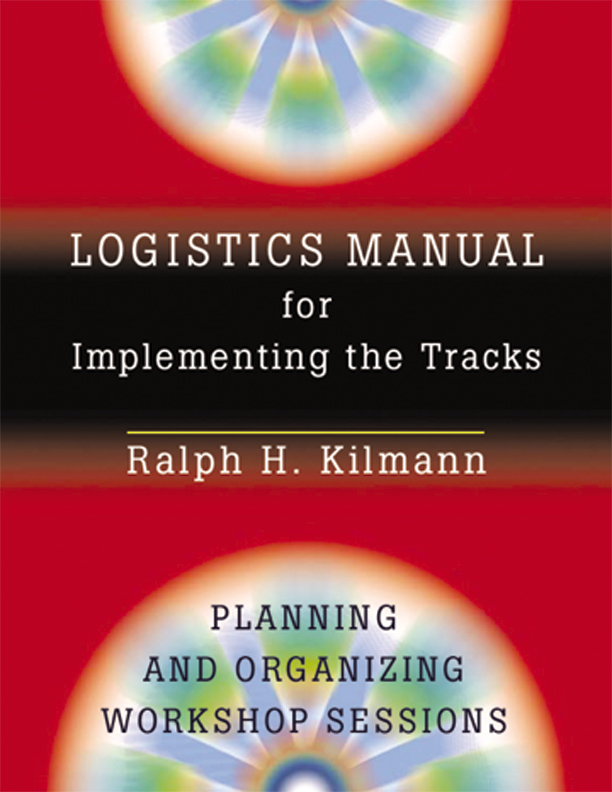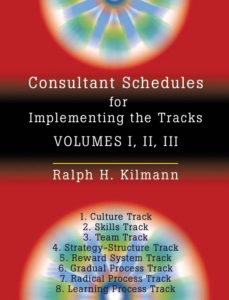About this Manual
Logistics Manual is a 166-page pdf file that you can purchase for $20, so long as you have already been certified in The Complete Program. This is our way of ensuring that our extensive materials for quantum transformation will be used as intended. See below for a detailed Table of Contents, including how you can also make use of our Consultant Schedules for Implementing the Tracks, which complements the Logistics Manual. But first, review the overview of the manual, as told to the newly appointed “Logistics Coordinator.”
A MESSAGE TO
THE LOGISTICS
COORDINATOR
Congratulations! You have just been assigned the job of coordinating all the logistical aspects of the eight-track program. If you have never before arranged a large meeting or conference (with more than fifty attendees), this assignment might seem overwhelming. The express purpose of the Logistics Manual for Implementing the Tracks, however, is to guide you—with checklists and sample email memos—through each and every stage of the program.
There are five crucial stages in which you will need to coordinate logistics: Stage 1: Initiating the Program; Stage 2: Diagnosing the Problems; Stage 3: Scheduling the Tracks; Stage 4: Implementing the Tracks; and Stage 5: Evaluating the Results. Always remember: While the Logistics Manual is meant to be a helpful guide throughout the program, you should supplement your efforts with all the specific knowledge you have (or can get) about your company’s unique needs and preferences.
Just before you get started, you should acquaint yourself with the basic ingredients of what is called the completely integrated program—or, for short, the eight-track program. For further background information see Ralph Kilmann’s books: Beyond the Quick Fix (Washington DC: Beard, 2004) and Quantum Organizations (Newport Coast, CA: Kilmann Diagnostics, 2011).
The Logistics Manual is a 166-page pdf file that you can purchase for $20, so long as you have already been certified in The Complete Program.
Table of Contents
PREFACE
A Message to the Key Decision Makers
A Message to the Logistics Coordinator
An Overview of the Program
Stage 1: Initiating the Program
Stage 2: Diagnosing the Problems
Stage 3: Scheduling the Tracks
Stage 4: Implementing the Tracks
Stage 5: Evaluating the Results
A Dedication to the Logistics Coordinator
STAGE 1: INITIATING THE PROGRAM
Overview
The First Formal Meeting
A Small-Scale Meeting
A Large-Scale Meeting
Checklist for a Three-Day Workshop
Conclusion
STAGE 2: DIAGNOSING THE PROBLEMS
Overview
Scheduling the Diagnostic Interviews
Conducting the Diagnostic Interviews
The Formal Meetings on the Diagnostic Report
Mobilizing the Shadow Track
Conclusion
STAGE 3: SCHEDULING THE TRACKS
Overview
The General Schedule for All Five Tracks
The Logistics Coordinator Goes into Action
Getting Started
Selecting a Conference Facility
Choosing Food Service Menus
Forming Groups for the Workshop Sessions
The Culture and the Skills Tracks
The Team Track
The Detailed Schedule for the First Three Tracks
The Strategy-Structure and the Reward System Tracks
The Detailed Schedule for the Next Two Tracks
Conclusion
STAGE 4: IMPLEMENTING THE TRACKS
Overview
Background on the DNX Company
The Logistics Coordinator
The General Schedule
The Conference Facility
The Logistics Team
Implementation in the DNX Company
Managing Expected Events
Managing Unexpected Events
Two Events for the Shadow Track
The Expected Problem of Absenteeism
The Special—Unexpected—Celebration
Conclusion
STAGE 5: EVALUATING THE RESULTS
Overview
Conducting Diagnostic Interviews
Administering Organizational Surveys
The Future
BIBLIOGRAPHY
INDEX
WHY USE THIS MANUAL?
If you are ready to guide your clients through the eight tracks of quantum transformation (starting with the culture track and ending with the learning process track), this manual will help you plan and organize “The Complete Program” of fifteen one-day workshops for tens, hundreds, or thousands of participants. As such, this manual is relevant to these OCCUPATIONAL IDENTITIES:
Consultant Schedules
for Implementing the Tracks:
Volume I, II, III
This pdf file (only for consultants, not for participants) provides the typical time allocations for the hourly activities in fifteen one-day workshops in Kilmann’s eight-track program. These time estimates are averages from having conducted these workshop sessions many times with many different types of organizations. Naturally, consultants must adjust their time estimates for each activity in order to meet the unique needs of their specific audience. But these schedules at least provide a rough estimate on how much time it takes to do justice to the materials without spending too much time on unnecessary detail.









